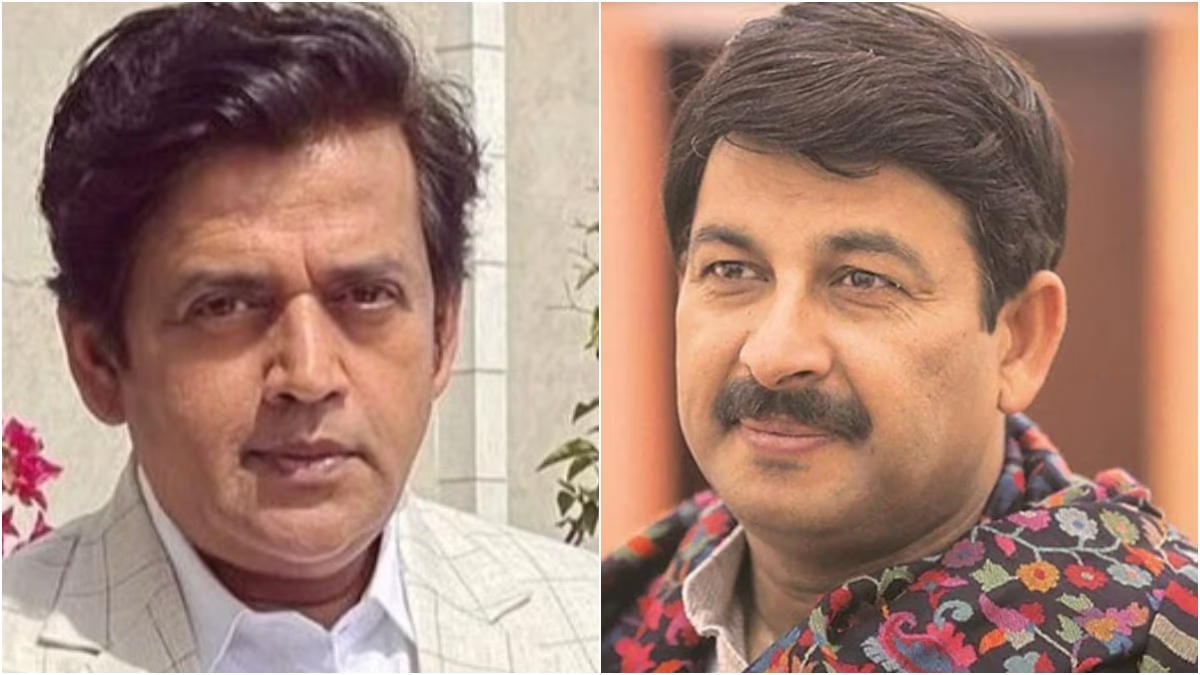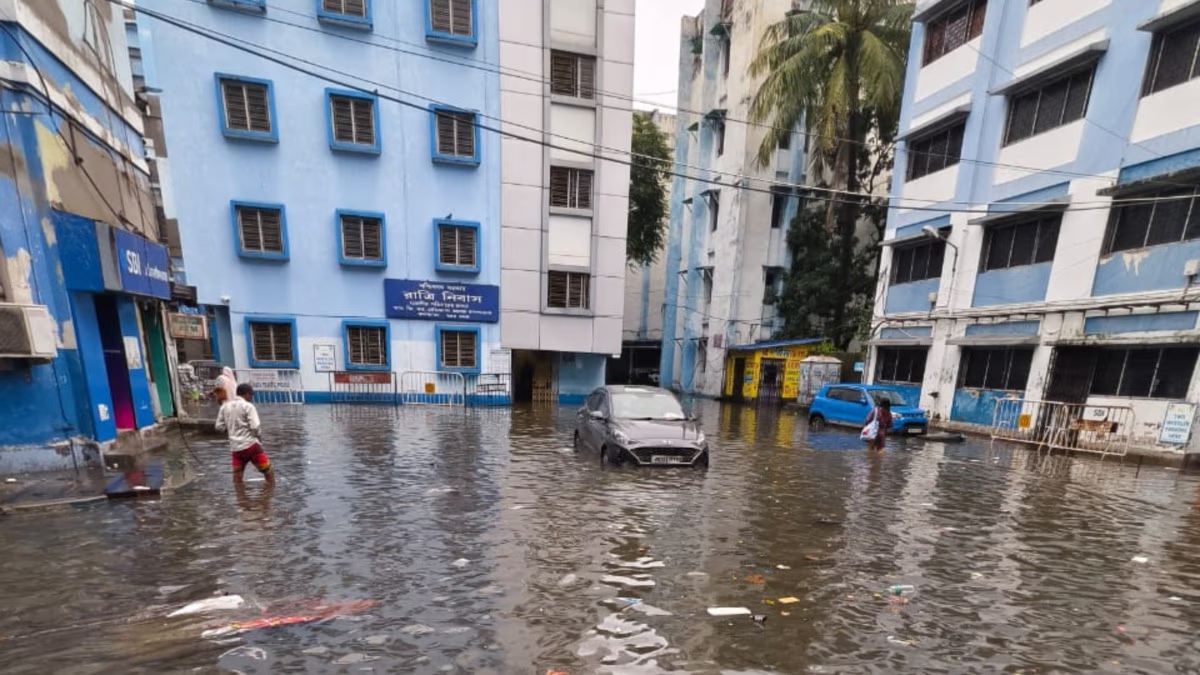Rajya Sabha Elections 2024:
Today marks the election day for the vacant seats of the Rajya Sabha. Initially, elections were slated for 56 seats across 15 states. However, 41 seats from 12 states have already been secured unopposed. Now, voting will proceed for the remaining 15 seats from three states.
In the mix are 10 seats from Uttar Pradesh, 4 from Karnataka, and 1 from Himachal Pradesh, with the Congress party almost certain to claim the lone Himachal seat. Similarly, the BJP is expected to decidedly win 7 of the 10 seats in Uttar Pradesh. Karnataka is also set to grant three seats to Congress.
A tight race is emerging for one seat each in Uttar Pradesh and Karnataka, given the presence of an extra candidate in both regions. For the 10 seats in Uttar Pradesh, there are 11 candidates, while Karnataka's 4 seats have attracted 5 hopefuls.
Let's delve into how many legislators' votes are required to win a Rajya Sabha seat and the intricacies of the voting formula.
How are Rajya Sabha elections conducted?
The unique procedure of Rajya Sabha elections sees the involvement of legislators from all state assemblies. Members of the Legislative Council do not participate in voting. There's a specific formula applied to the Rajya Sabha voting process.
It involves adding one to the number of vacant Rajya Sabha seats in a state and then dividing it by the total number of assembly seats. Adding one to the resulting figure gives the final number of votes needed.
For example, in Uttar Pradesh, there is voting for 10 Rajya Sabha seats. By adding one, we get 11. Though the state nominally has 403 assembly seats, 4 are currently vacant, leaving 399 legislators. Dividing 399 by 11 yields a figure of 36.272, which is considered as 36. Consequently, by adding one, the number of legislative votes required to clinch a Rajya Sabha seat is 37.
In Rajya Sabha elections, legislators do not cast votes for every candidate. A legislator can vote only once, indicating their first and second preferences.
Members receive a salary of 1 lakh
Rajya Sabha members are entitled to a monthly salary of 1 lakh rupees. In addition, members working from their own residence receive a daily allowance of 2,000 rupees.
When traveling for Rajya Sabha related work, members are exempted from travel expenses. Government covers all travel costs, whether by air, train, or any other means.
Each member is granted a free pass, allowing them unlimited train travel. While this pass is exclusively for members, they also receive another pass for traveling in first-class with a spouse or companion without cost.
Furthermore, Rajya Sabha members enjoy constituency allowances, housing, utilities, telephone, and medical services.
Upon retirement, members receive a monthly pension of 25,000 rupees. For those serving beyond five years, an additional 2,000 rupees are added annually to their pension. Hence, a decade-long service can amount to a pension of 35,000 rupees per month, with further increments every five years. The next increase is set for 1st April 2023.
Rajya Sabha's rich history spans over a century
The chamber’s legacy can be traced back to 1919 in British India when an upper house known as the Council of States was established. After independence, the Rajya Sabha was formed on April 3, 1952, and its name was officially changed from the Council of States on August 23, 1954.
The Rajya Sabha is a permanent body never dissolving. Members serve a term of six years with one-third retiring every two years, thus necessitating biennial elections.
The Rajya Sabha has 250 members, with 238 elected and the remaining 12 appointed by the President. The representation from each state is determined based on the population, with Uttar Pradesh having the most, at 31 seats, followed by Tamil Nadu at 18. Some smaller states are represented by just one seat each.
Eligibility criteria for Rajya Sabha membership
Candidates must be Indian citizens, aged above 30, to be eligible for Rajya Sabha membership. It’s not mandatory for candidates to hail from the state where they seek election.




